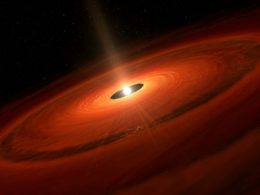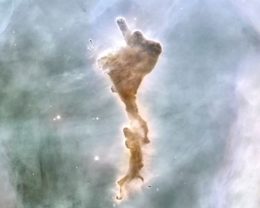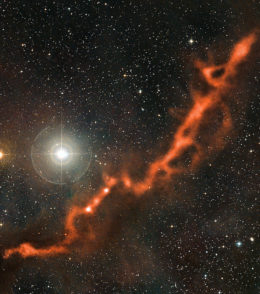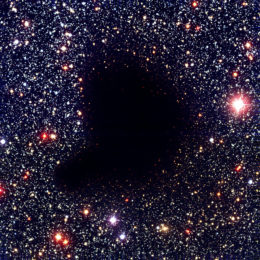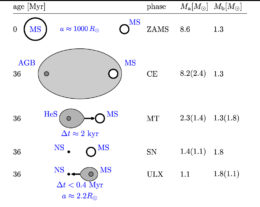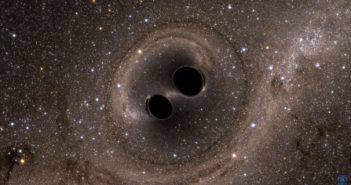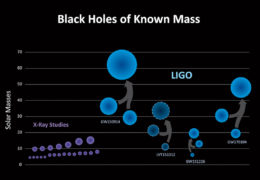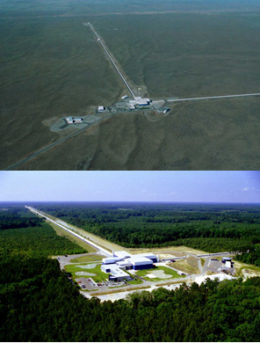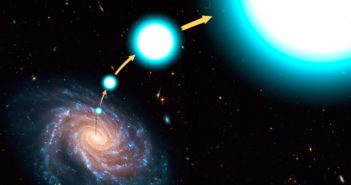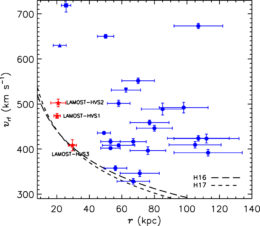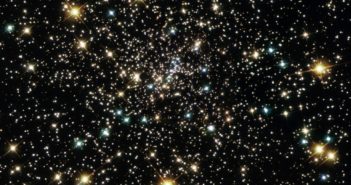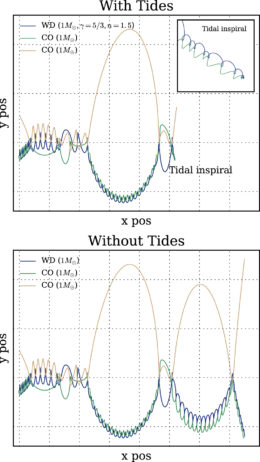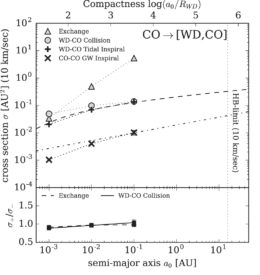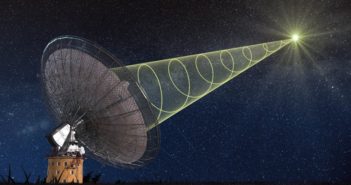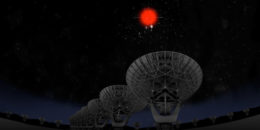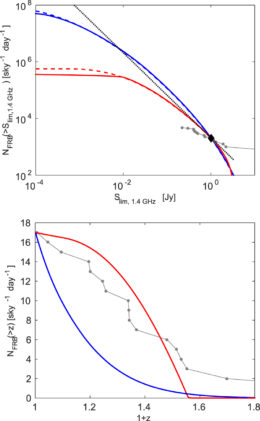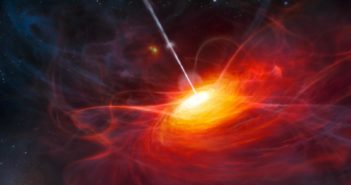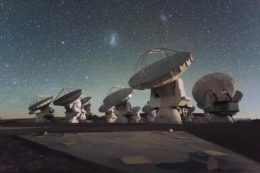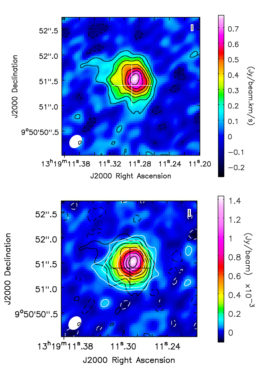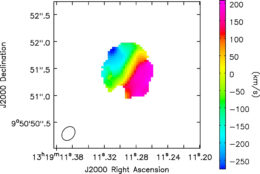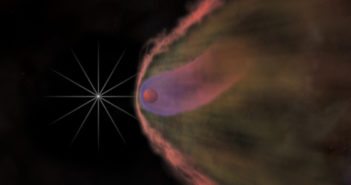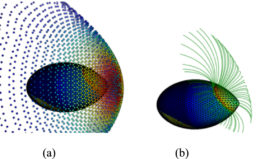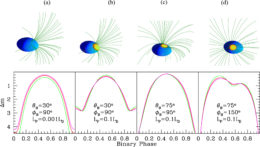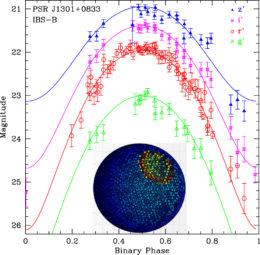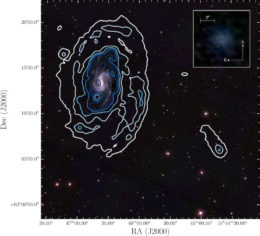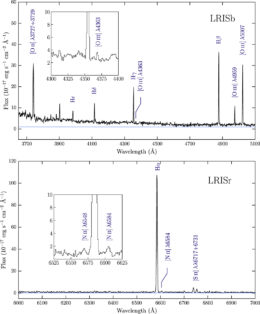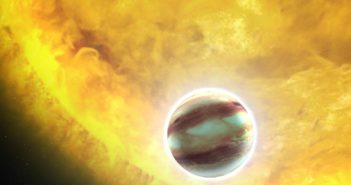
Why Are Hot Jupiters So Lonely?
Jupiter-like planets with blisteringly close-in orbits are generally friendless, with no nearby planets transiting along with them. Giant planets with orbits a little further out, on the other hand, often have at least one companion. A new study examines the cause of hot Jupiters’ loneliness.
Forming Close-In Giants
Though we’ve studied close-in giant planets for decades now, we still don’t fully understand how these objects form and evolve. Jupiter-like giant planets could form in situ next to their host stars, or they could form further out in the system — beyond the ice line — and then migrate inwards. And if they do migrate, this migration could occur early, while the protoplanetary disk still exists, or long after, via excitation of large eccentricities.We can try to resolve this mystery by examining the statistics of the close-in giant planets we’ve observed, but this often raises more questions than it answers. A prime example: the properties of close-in giants that have close-in companion planets orbiting in the same plane (i.e., co-transiting).
About half of warm Jupiters — Jupiter-like planets with periods of 10–30 days — appear to have close-in, co-transiting companions. In contrast, almost no hot Jupiters — Jupiter-like planets with periods of less than 10 days — have such companions. What causes this dichotomy?
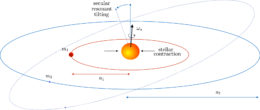
Schematic of the authors’ model, in which the close-in giant (m1) encounters a resonance with its host star, causing the orbit of the exterior companion (m2) to become tilted. [Spalding & Batygin 2017]
Friendless Hot Jupiters
While traditional models have argued that the two types of planets form via different pathways — warm Jupiters form in situ, or else migrate inward early and smoothly, whereas hot Jupiters migrate inward late and violently, losing their companions in the process — a new study casts doubt on this picture.
Two scientists from the California Institute of Technology, Christopher Spalding and Konstantin Batygin, propose an alternative picture in which both types of planets form through identical pathways. Instead, they argue, a hot Jupiter’s apparent loneliness arises over time through interactions with its host star.
Stellar Interactions Impact Companions
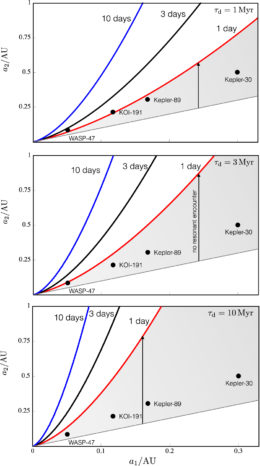
Semimajor axis for the outer companion (a2) vs that of the close-in giant planet (a1) at three different system ages. Outer companions within the shaded region will not encounter the resonance investigated by the authors, instead remaining coplanar with the inner giant. For this reason, warm Jupiters will have evident companions whereas hot Jupiters will not. [Spalding & Batygin 2017]
The authors demonstrate that because hot Jupiters are so close to their hosts, these giants eventually encounter a resonance with their stellar hosts’ quadrupole moment, which arises because rotating stars aren’t perfectly spherical. This resonance tilts the orbits of the hot Jupiters’ outer, lower-mass companions, rendering the companions undetectable in transit surveys.
Warm Jupiters, on the other hand, are located just far enough away from their hosts to avoid feeling the effects of this resonance — which allows them to keep their outer companions in the same plane.
Based on their model, Spalding and Batygin make direct predictions for the systems they expect to be observed in large upcoming surveys like the Transiting Exoplanet Survey Satellite (TESS) — which means we should soon have a sense of whether their picture is correct. If it is, it will confirm that the non-sphericity of stars can have significant impact on the dynamics and architecture of exoplanetary systems.
Citation
Christopher Spalding and Konstantin Batygin 2017 AJ 154 93. doi:10.3847/1538-3881/aa8174
